Eremurus (Eremurus) or Shiryas - a grassy perennial plant from Asia, which has long been loved by gardeners, is successfully grown in our climatic conditions. Tall and sophisticated Shiryash resembles gigantic candles that are majestically towers over other plants and give the garden an exotic appearance. Grow an aristocratic giant in its garden is quite simple, it is enough to know the basic rules for landing and care for an unusual flower.
Shiryash - Culture Description
Shiryash - long-term culture from the xanutorreyevy family. There are about 40 species and hybrid plants. Natural environment of its habitat - steppes, sandy and clay plains, mountainous terrain. Most often, Shiryysh can be found in Central Asia, in the southeastern part of European plains.
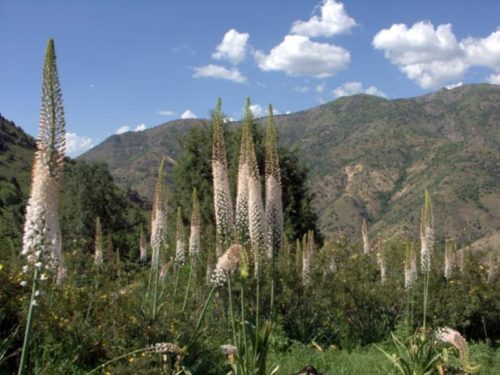
Externally, the plant represents a high, up to two meters high, a mirical stem, majestically towering out of the socket of long narrow leaves. On the top of the stem is a powerful body extension in the form of a candle or a reprehensive brush. The length of the inflorescence can reach up to 1 meter. The brush is thickly littered with small flowers, located on the spiral, each on its flower maker. The color of the petals can be white, yellow, gentle orange, reddish and even brown. At the beginning of the flowering, the lower rows of floweros are revealed, and then, gradually climbing up, the whole brush blooms. Begins to bloom Eremurus at the beginning of summer, continuing to disclose buds within 2 weeks.
Thanks to the sophisticated fluffy inflorescence, a plant was called. The exotic name "Eremurus" occurred from the confluence of two Greek words and means "desert and tail." And the name of the breadth or shry is "glue", since technical glue is produced from its powerful rhizomes.
The rhizome of the plant resembles a disk in diameter up to 15 cm, from which large and thick horizontal spindle roots are departed, up to 15 cm long. Massive root is deeply included in the soil, supplying a high plant with nutrients.
The fruit is shirling - an oval shape box, which for the disclosure forms three sash. Inside a round box are small seeds with a transparent sash.
Shiryysh is an excellent honey and attracts insects and bees with its fragrant aroma.
Varieties and varieties shirosha
There are a large number of plants species. Despite the big variety of species, in our region the most common eremurus powerful and banging. The most famous species include:
- Eremurus Edition. The Rannetic Wake of Shiryasy, which grows in the Alpine Asian Area. The growing season is short. Stem submitted, inflorescence of pink and purple shades.
- Eremurus Alberta. Commodified in Turkey. The height of the stem is up to 1.2 m. The flower stem is durable, inflorescences are white or pink shades.
- Eremurus powerful. Widden in Asian countries, the height of the stem is up to 1.2 m. There are inflorescences of white, pink color with brown bracts.
- Eremurus Olga. This variety of shirosha grows in the territory of Asia. The flower height reaches 1.5 meters. It has narrow leaves and durable stem. Brush pink, yellow, reddish shades up to 70 cm long.
- Eremurus Bunge. A high-quality view, up to 2 meters high with yellow inflorescences. Due to the narrow leaves, this species is called a narrow-margin. Brush dense, fluffy, bright yellow shades. It looks perfectly on any flowerbed, used in dry bouquets.
In addition to the main varieties, the Botanists withdrew the hybrid varieties of shivel, which are affected by the variety of shades of flowerons. Olga and Bung's crossing allowed us to get a series of Shiryus Rujters Hybrids:
- Shirus Cleopatra. The variety was derived in 1956, buds bloom with bright orange with brown tint flowers, the height of the stem is about 1.2 meters.
- Shirus Pinocchio. The variety appeared in 1989, blooms with yellow flowers with brown stamens. Plant height is up to 1.5 meters.
- Shiryash Obelisk - White inflorescences with greenish stamens
- Shirus romance - inflorescences with pink flowers.
Shiryash: conditions of cultivation in the country area
Shiryash refers to non-leaving cultures, but still there are certain requirements for soil and illumination for their growing:
- Since this is a light-loving culture, for its landing, you should choose solar, without shading the garden or cottages.
- The stalks of the tall plant are durable and strong, they are not terrible even strong gusts of the wind.
- In a special irrigation, the plant does not need, but the moisture stagnation in the ground and the groundwater is destructive for him.
- The soil for landing is suitable for any acidity. The ideal composition of the soil is peat and loam. The main requirement to the soil is good water permeability and drainage so that moisture is not stored around the root, which can lead to fungal diseases.
How to grow shifting, reproduction methods
Most often, gardeners acquire for planting dried rhizome plants. When buying, you should pay attention to the presence of kidneys located at the top of the root disk. Answered roots should not be broken to the end than they will be more, the faster the plant is taken. There are several breeding methods widely: seeds and vegetatively.
The reproduction of shifting seeds. Essential method
The most popular method of breeding breads in gardeners is the cultivation of seedlings. Seed seeds start in September-October. Seeds of any variety of shivels can be bought in the store or assemble alone after flowering.
Operating procedure:
- Prepare containers, the depth of the seedlings must be 15-20 cm. Soil Use the universal, at the bottom of the container, put a layer of drainage.
- Squeeze the seeds in the soil, blocking each seed to a depth of 1-2 cm, suck the ground from above. In the seedling tank, the seedling material is stored in a dark room at a temperature of 15 degrees.
- Seedlings need to periodically water, not allowing soil drying.
- In March, the first young sprouts will appear. It should be borne in mind that in the first year not all seeds germinate, some of the seeds you planted can only take the next year.
Vegetative breeding method
This breeding method is used by the flowers that are already grown wide in the country. In March, carefully examined the plant, you can find several new outlets at its foundation. They can be separated and translated to another place. Separating children, it is impossible to damage the root, and the places of cuts should be treated with ash solution.
Daughter bushes are plugged into the ground and care for adults. However, it is possible to use vegetative reproduction only once every five years.
Shirus: landing
- Time for landing shirosha - September, regardless of whether you bought the landing material or raised from seedlings.
- Before planting breadth, it is necessary to take care of a good drainage that will not allow moisture to be aligned and will provide corneeling air permeability. For a drainage layer, gravel, crushed stone, pebble.
- The drainage layer is stacked with a layer of soil with a height of 30 cm. The composition of the soil point is allowed any, but the best option will be the use of 1/3 of the delicate earth and parts of the compost mixed with pebbles or coarse-grained river sand.
- We prepare a pit for landing and put root into it, carefully horizontally sprawling the roots, or put a bush along with an earthen room using a method of transshipment. The land is sprinkled from above.
- The distance between the shutters planted shronts should be from 30 to 50 cm. After landing, the seedlings need to be poured. The first bloom can only be waiting for the 4-5 year of the life of the culture.
Plant care Shiryash
Shiryas - unpretentious culture, so care for it is minimal and includes the following procedures:
- Regular watering is needed by a plant at the beginning of flowering, as well as it should be increased in arid summer days. With rainy weather, when there is enough natural moisture in the ground, you can not water shock. It is worth remembering that excessive humidity is detrimental to the rhizoma. After shrinking shocks, watering can be significantly reduced.
- An important treatment procedure is soil loosening, thanks to which the roots receive more moisture and oxygen. Swimming can be combined with weeding, removing weed grass near the bush. Performing the procedure should be careful not to damage the fragile root of the plant. Dry and faded leaves are also subject to removal.
- Shiryash needs autumn feeding superphosphates, which are added to the ground at the end of autumn. (1 sq. M - 40 g). In March, the soil fertility fertilizes (1 sq.m-60 g), complementing the feeding with a compost or manure. Before the start of flowering, the plant is fed by ammonium nitrate.
- Seed collection is produced from August, while they are cut off the inflorescences of the brush by the secateur. Brushes with seeds need to be laid in a dry room and give the seeds to ripen.
- Shirus normally tolerate frosts, but thermal-loving species need winter shelter. For the insulation of the plant, the plant is suitable, a layer of compost, peat, at least 10 cm. Early spring shelter is cleaned.
Walking pests Shiryasha
Some varieties widely edible and eat them. Juicy roots - a delicacy for mice, pools and moles. Blooming the rhizome, they create a nutrient medium for slugs, wets that cause irreparable harm to the plant. To protect the landing from the invasion of rodents, use repellers or traps. Rodes damaged by rodents need to carefully dig and sprinkle ash to avoid pinning them.
The ground part of the plant is most often attacked by the TLL and TRIPS. Insecticides are used to destroy them. The shrink and viruses are affected, to which the irregularity of the plant leads to avoid full planting infection, the patient plant is subject to destruction.
Shirus in landscape design
Blooming shirus - a real find for landscape designers. A variety of colors of inflorescence lined in group compositions look fabulously beautiful and please the eyes. Gentle fluffy metels are majestically towers over other plants, ideal for the back plan of the flower beds. Shiryash often use for the design of alpine slides, lawns. Next door to him perfectly looks on bulbs: daffodils, tulips, irises, as well as Malva, Yucca and cereal cultures.
Shiryash is an unpretentious perennial who will give any summer cottage to the charm and exotic.

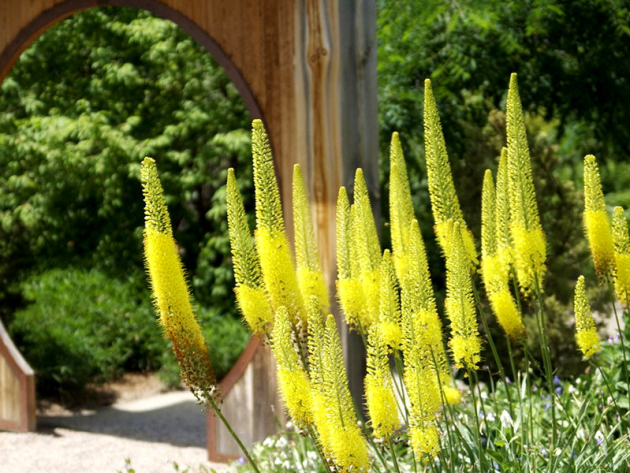
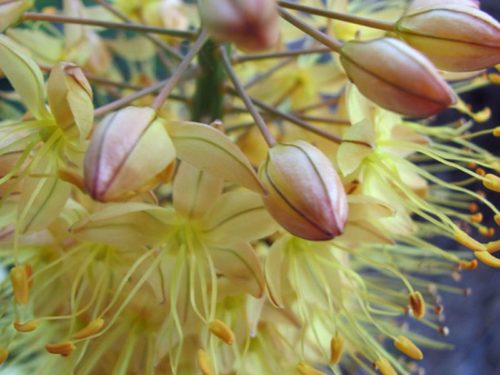
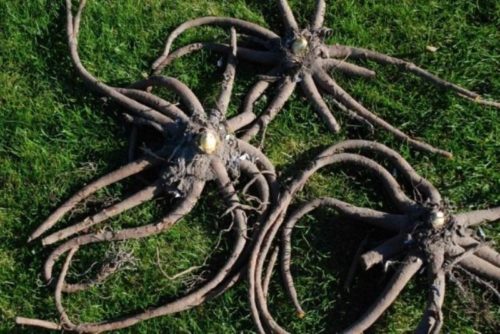
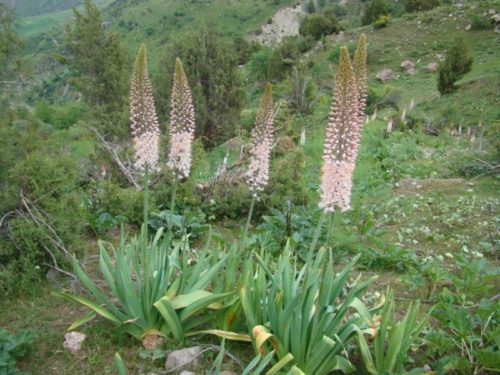
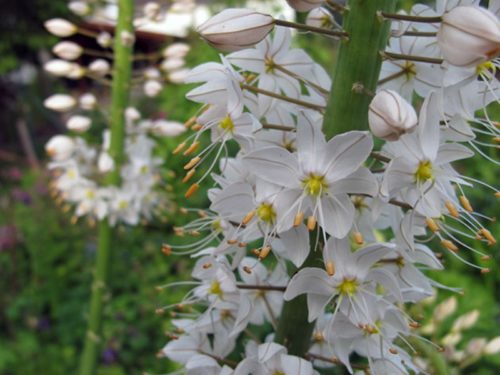
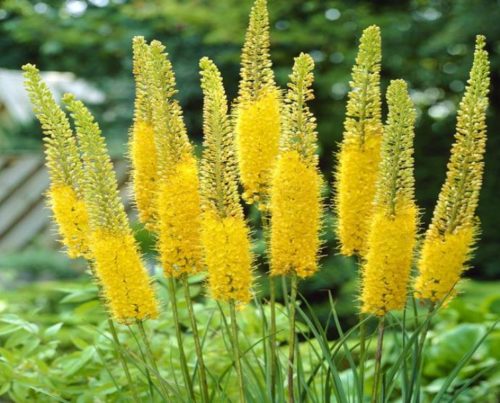

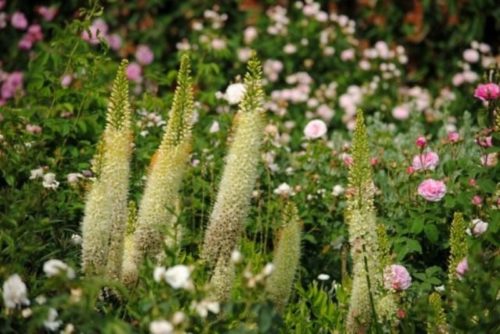
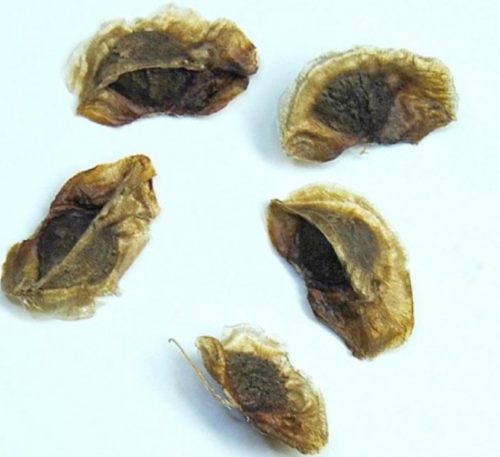
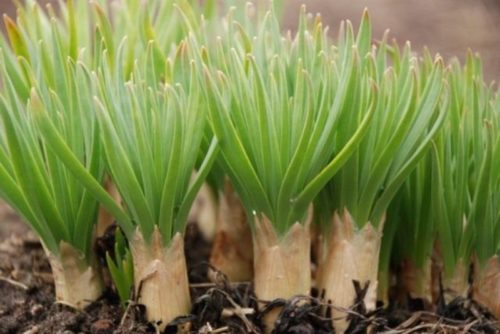
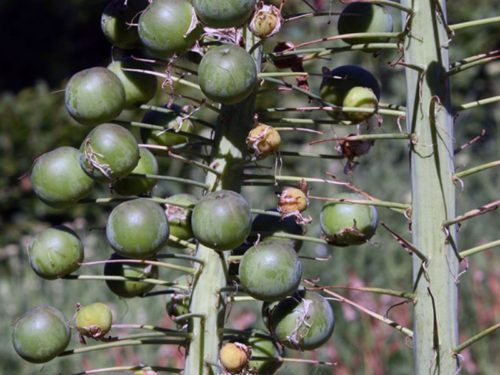
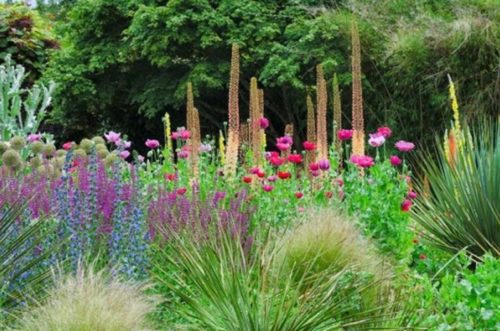
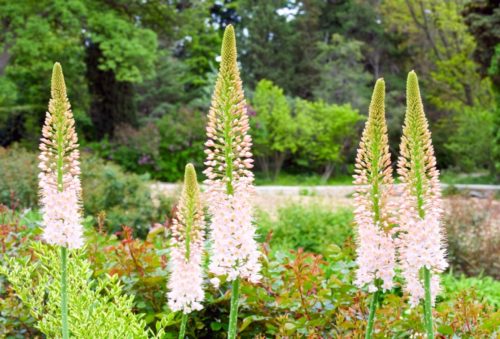
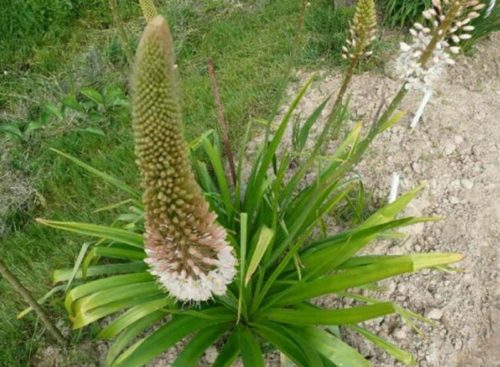
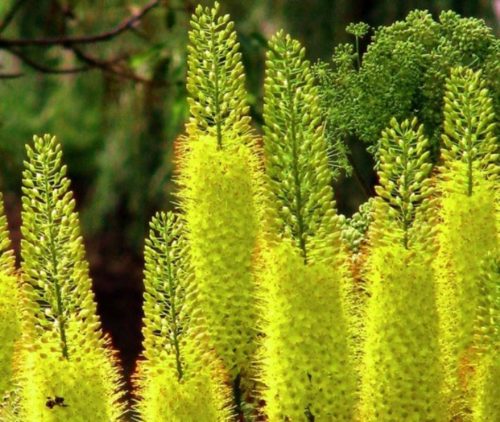
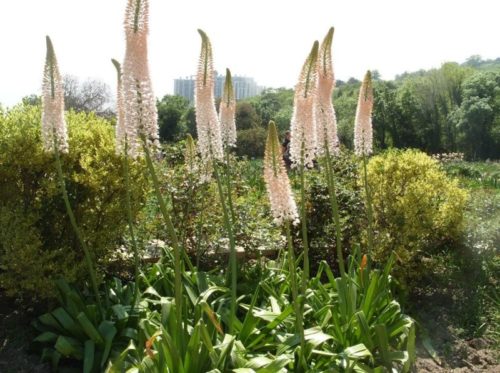

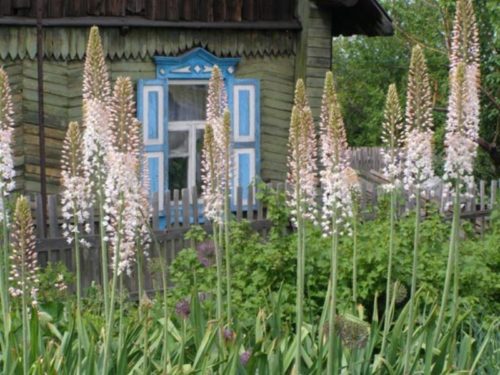












 Start a discussion ...
Start a discussion ...